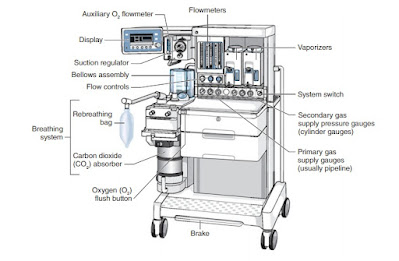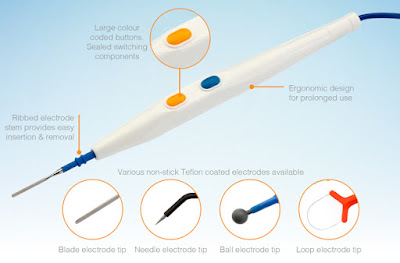Waste Treatment Options with their Pros and Cons
Biomedical waste treatment methods aim to reduce the hazard posed by medical waste, ensuring it is safe for disposal or further handling. Here are the common treatment options, along with their advantages and limitations:
1. Autoclaving (Steam Sterilization)
An autoclave is a machine used to carry out processes requiring elevated temperature and pressure in relation to ambient pressure and/or temperature.
Advantages:
- Effective at sterilizing infectious waste.
- Environmentally friendly; uses steam and heat, no harmful emissions.
- Can be used on a variety of waste types, including plastics and textiles.
Limitations:
- Not suitable for all types of waste (e.g., chemical or pharmaceutical waste).
- Requires significant energy for heating.
- Treated waste may still require shredding for volume reduction.
2. Incineration
- Reduces waste volume significantly (up to 90%).
- Destroys pathogens completely.
- Suitable for all types of biomedical waste, including pharmaceuticals and chemicals.
Limitations:
- Produces emissions that can include harmful pollutants (requires effective emission control systems).
- High operational and maintenance costs.
- Ash residue requires proper disposal.
3. Chemical Disinfection
Advantages:
- Effective for liquid waste and certain solid waste types.
- Can be done on-site with relatively simple equipment.
- Neutralizes pathogens quickly.
Limitations:
- Ineffective for waste types that are not easily penetrated by chemicals (e.g., bulk or solid waste).
- Requires handling and storage of hazardous chemicals.
- Chemical residues may pose additional disposal challenges.
.png)
4. Microwave Irradiation
It basically works like a souped-up version of your kitchen’s microwave oven. Typical operation is at 2450 Hz. While an autoclave provides heat from outside the waste, like a conventional kitchen oven, the microwave unit transmits energy as microwaves and that energy turns into heat inside the wet waste.
Microwave disinfection works only when there is water in the waste. Because the radiation directly works on the water, not the solid components of the waste. For this reason, treatment units are often supplied with a humidifier. Processing time is determined by the manufacturer and experience of the operators, but somewhere about 20 minutes per batch is typical
Advantages:
- Effective for disinfecting infectious waste.
- Reduces the volume of waste.
- Can be done on-site, reducing transportation risks.
Limitations:
- Requires shredding of waste prior to treatment, which can be an additional cost and process.
- Limited capacity; not suitable for all waste types (e.g., large items or chemical waste).
- High initial setup costs.
5. Land Disposal (Sanitary Landfills)
- Low cost compared to other treatment methods.
- Simple and straightforward disposal method for treated waste.
Limitations:
- Risk of groundwater contamination if not properly managed.
- Requires large land areas.
- Not suitable for untreated infectious or hazardous waste.
6. Plasma Pyrolysis
Advantages:
- High-temperature treatment that converts waste into syngas and slag, both of which can be safely disposed of or reused.
- Produces minimal emissions.
- Can treat a wide variety of waste types, including hazardous waste.
Limitations:
- Very high energy consumption.
- High operational and maintenance costs.
- Requires sophisticated technology and skilled operators.
7. Encapsulation
Advantages:
- Effective for sharp and highly infectious waste.
- Simple and relatively low-cost method.
Limitations:
- Not a standalone method; typically used for final disposal after other treatments.
- Encapsulation materials must be managed properly to avoid environmental contamination.

8. Thermal Inactivation
Advantages:
- Effective for treating certain types of biomedical waste (e.g., laboratory waste).
- Can be integrated into existing heat-treatment processes.
Limitations:
- Limited to specific waste types.
- Requires significant energy input.
- Not effective for all pathogens and waste forms.
Each treatment option has its specific use cases, and often, a combination of methods is employed to handle different types of biomedical waste efficiently and safely. The choice of treatment depends on factors like the type of waste, volume, regulatory requirements, and available resources.

.png)
.png)



